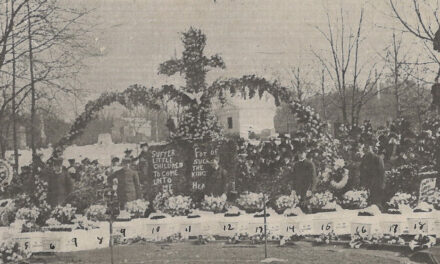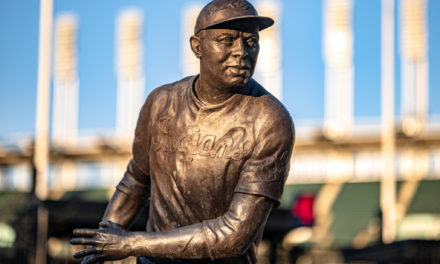Cleveland History
October 21, 1922: The Public Auditorium in Cleveland was officially opened. This grand venue has hosted numerous cultural, political, and musical events over the decades, including the Republican National Convention and concerts by major artists like The Beatles.
October 22, 1976: The Cleveland Cultural Gardens were celebrated for their ongoing contributions to the city’s ethnic diversity, though specific landmark designation dates should be verified. These gardens, located in Rockefeller Park, feature beautifully themed gardens representing different national groups.
Terminal Tower Special Lighting Event: While the Terminal Tower was completed in 1930 and known for special lighting, the specific event on October 23, 1936, requires further verification. The Tower remains a prominent feature of Cleveland’s skyline.
October 25, 1995: The grand opening of the Rock and Roll Hall of Fame and Museum took place in Cleveland. This landmark event emphasized Cleveland’s pivotal role in the history of rock and roll, celebrating its cultural heritage.
October 27, 1967: The Cuyahoga River caught fire due to industrial pollution. This incident, though less noted than the 1969 fire, was part of a series of environmental events that spurred significant legislation and heightened awareness regarding industrial pollution and environmental protection.
World History
October 21, 1805: The Battle of Trafalgar took place. This naval engagement, fought near the coast of Spain, saw British Admiral Horatio Nelson defeat a combined French and Spanish fleet. Nelson was killed during the battle, but it ensured British naval supremacy for over a century and is one of the most celebrated naval battles in British history.
October 22, 1797: André-Jacques Garnerin made the first successful parachute descent. He jumped from a balloon over Parc Monceau in Paris at an altitude of about 3,000 feet, using a silk parachute, marking the birth of parachuting as a practice.
October 23, 1956: The Hungarian Revolution began. This nationwide revolt against the Marxist-Leninist government of the Hungarian People’s Republic was initially successful and led to the appointment of Imre Nagy as Prime Minister. However, it was crushed weeks later by Soviet forces, highlighting the Cold War tensions between the Soviet bloc and the West.
October 25, 1415: The Battle of Agincourt occurred during the Hundred Years’ War. English forces, led by King Henry V, defeated a numerically superior French army. The battle is famous for the effectiveness of the English longbow and is a pivotal moment in English military history.
October 27, 312: Constantine the Great received his reputed vision of the cross before the Battle of the Milvian Bridge. According to accounts, Constantine and his soldiers saw a cross of light in the sky bearing the inscription “In this sign, you will conquer.” This event led to his conversion to Christianity and the eventual Christianization of the Roman Empire.






